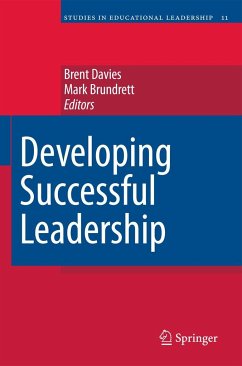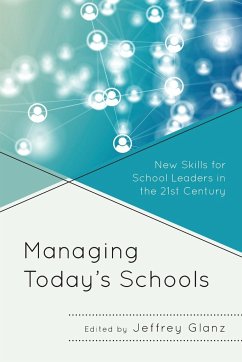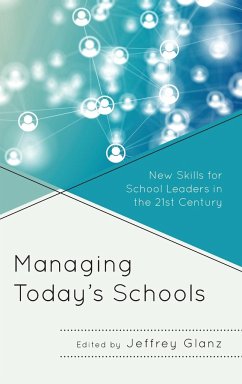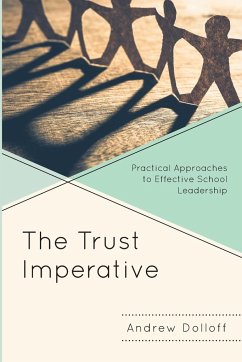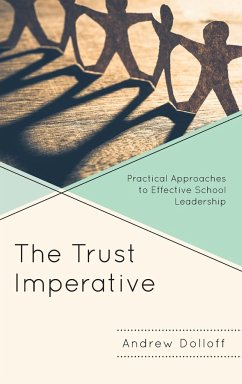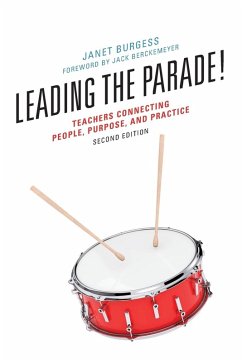
Fork in the Road
Narrative Problem Solving for School Leaders
Versandkostenfrei!
Versandfertig in 1-2 Wochen
62,99 €
inkl. MwSt.
Weitere Ausgaben:

PAYBACK Punkte
31 °P sammeln!
This book argues for a narrative approach to problem solving as it relates to the many challenges facing school boards, superintendents, principals, and other school leaders








